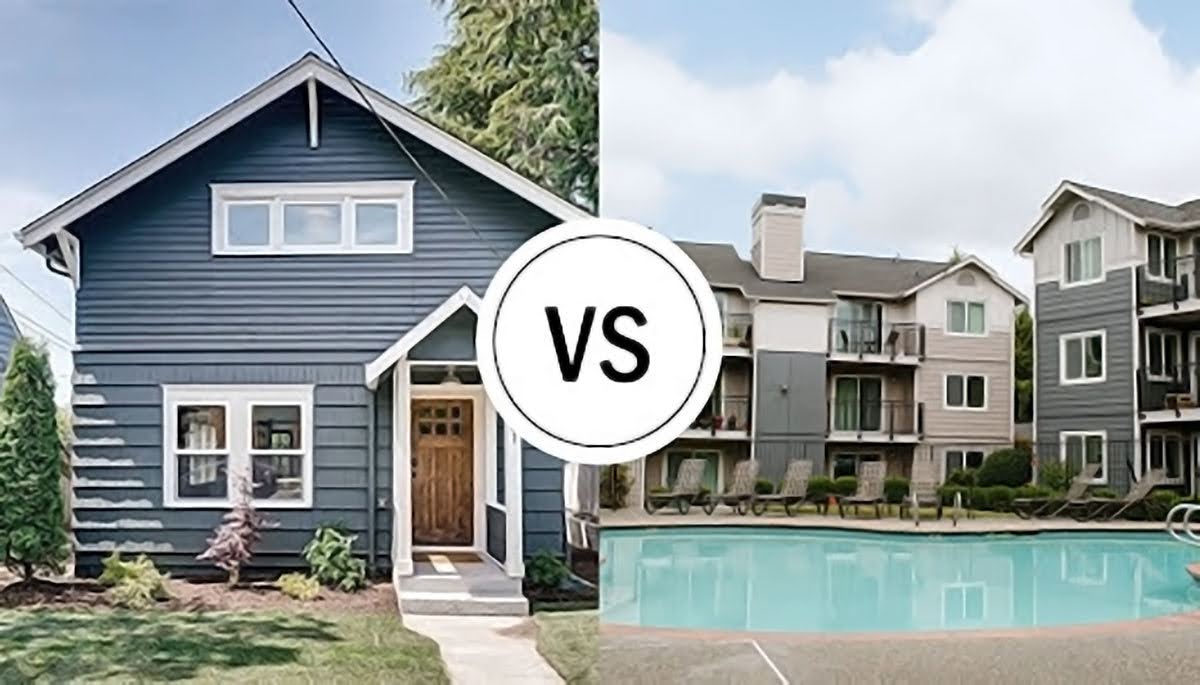
It is widely known residential real estate investments offer great returns. Generally outpacing the stock market long term, and providing a great diversification opportunity, there is no wonder so many investors of all levels turn to real estate.
When considering residential real estate investments, there are two distinct options: single-family and multifamily.
Single-Family Real Estate Investments
These investments are properties built for one family or household. This type of investment often entails fixing or flipping the properties or renting them out to short- or long-term tenants.
Pros:
- Single-family can be acquired at a lower price point then multifamily so it is easy for first-time investors to get started. But the cost per unit on a single-family dwelling is higher
- It is easier to finance. Underwriting standards are looser on a residential mortgage than on a commercial mortgage. You do not have to prove you are a professional operator or make massive down payments to qualify for a residential mortgage
- It can be simpler to manage as you have one tenant worry about
- There is a broader range of buyers if you decide to sell
Cons:
- There is only one tenant. So if they leave, there are no other units to cover monthly costs of that property
- Rents are not as price competitive. You typically look to charge higher rents for the whole house then a single unit in a multifamily property
- If the property is vacant, you have zero cash flow
- It is harder to scale. Multiple units mean multiple purchases, mortgages, and closings
Multifamily Real Estate Investments
Multifamily real estate investments are generally apartment buildings (more than one household). These types of investments are generally held and rented.
Pros:
- A lower cost per unit gives you a higher ROI (return on investment) and better cash flow (passive income)
- Better Economies of scale. Apartment buildings typically have a lower cost per unit, management is typically more effective and profitable, and any improvements made can help to lift the value of many units, not just one
- Better control over income and property value. Multifamily properties are valued on their net income not comparable sales
- More stable revenue generation. If there is some vacancy, you still have cash flow from the other units to help you
Cons:
- Requires larger capital investment than buying a single-family home
- Harder to finance than single-family homes
- It is not a DIY play. You must pay for professional property management to help you run day to day operations
Active versus Passive Investing Investment Strategies
Whether you want to pursue single-family or multifamily investments you need to decide your strategy for making the investments.
Active investing is when an investor personally purchases a property for rental cash-flow or to fix and sell for a profit. The property could be anything from a single-family home to a large multifamily property. Active investors are involved in every aspect of the deal from finding it, obtaining financing, personally guaranteeing the loan, and subsequently managing the investment. The process of identifying the correct market, property, financing and closing the deal can be arduous, but it can also be very rewarding. If it all goes well, an active investor reaps the lion’s share of the returns. Single-family investors are almost always active investors. They use their own capital to acquire the real estate and act as the landlord in the leasing and management of the property.
Passive investing is a hands-off approach which allows an investor to place one’s capital into a real estate syndication that is managed in its entirety by a sponsor. Investing passively in private real estate means investors outsource the selection and management of investment properties to a sponsor. These sponsors pool funds from many investors to buy larger or an entire portfolio of properties, then execute specific business plans, run day-to-day operations and report back to investors. Multifamily investors are generally passive investors. They contribute their capital to the investment but leave it to the professional investment manager to operate the property day to day.
If you choose to be an active investor the investments become a second job or a full-time occupation. Passive investors can enjoy the benefits of real estate investing while remaining completely focused on their career or enjoying their retirement.
What is the best real estate investing option for me?
For investors that recognize the value of residential real estate, but do not want all the responsibilities attached to it, investing with a sponsor might be a good option. Real estate investment companies buy properties using money from many investors, and the investors, in turn, benefit from being part-owner in the real estate properties (without the hassle of being a landlord).
Partnering with a sponsor is a great way for investors to put their capital to work and turn a profit from owning residential real estate. It requires a much lower initial investment as compared to buying real estate outright. CEP Multifamily offers investors the opportunity to make direct investments in multifamily properties. Investors enjoy all the benefits of owning multifamily real estate without the hassle of management. Investors receive all the benefits of a tax advantage investment that generates superior returns through a healthy balance of passive income over the hold period and the capture of significant appreciation at disposition.
There are many considerations when investing in a single-family or multifamily property. Whether you choose single-family or multifamily you first need to decide if you are going to be an active or passive investor. If you choose to make passive investments in multifamily then you should look to partner with a sponsor like CEP Multifamily to reap the benefits of investing in residential real estate.









